Spring and summer are on the way, and you probably can’t wait to get out there and start exploring the backcountry.
Before you go, however, it’s always a good idea to run down your pack checklist and make sure you’ve got your essentials covered.
This article will examine the ten essentials you need for your hiking pack this year. You’ll benefit from checking out the list whether you’re an experienced hiker or a complete newbie.
1. Navigation/GPS
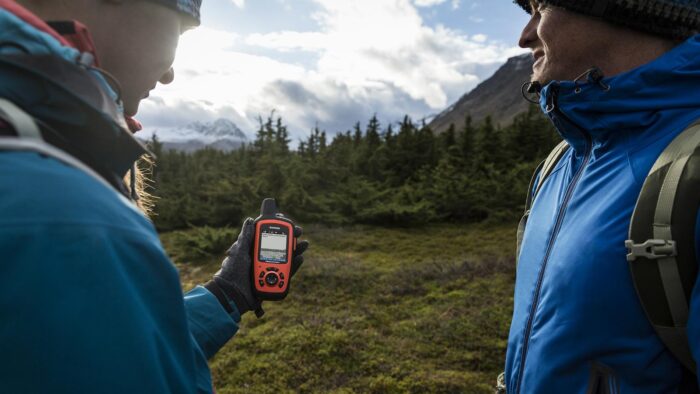
Source: t3.com
By far, the most critical thing in your pack is your GPS. If you’re hiking in remote places, cell service may be spotty or non-existent, and you can’t rely on your phone to get you out of a jam if you injure yourself or get lost or stuck.
A GPS device like the Garmin In-Reach is a relatively inexpensive way to check maps and weather, send basic text messages, and check in with people while you’re out on the trail. It also has a special SOS button for emergencies.
These days, some fitness trackers and smartwatches also come with built-in GPS or SOS capabilities that work off-grid. If you are in the market for a fitness tracker, consider investing in a smartwatch that can count steps and has a GPS.
2. Pocket knife
Pocket knives are great tools that are very helpful.
Your pocket knife can help you repair gear, prepare food, provide first aid, make a shelter, create kindling for a fire, and provide protection. Always make sure you carry at least one knife on you while hiking. Make sure the blade is sharp, and the knife is well-maintained.
3. First aid
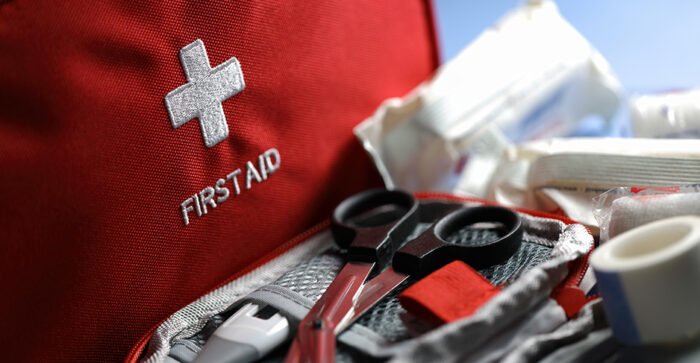
Source: blogs.cdc.gov
A small but well-stocked first aid kit is critical for the serious hiker. There are plenty of pre-assembled kits around that take the guesswork out of putting one together yourself. You can pick these up at any pharmacy, and most sporting goods stores carry them too.
If you want to put together your own kit, make sure you cover all your bases.
You’ll need treatment for blisters, band-aids of various sizes, gauze pads, adhesive tape, disinfecting ointment or hydrogen peroxide, pain medication, and gloves for sterile handling. A pen and paper can also be helpful to include.
4. Emergency food
Always carry some kind of high-quality, high-energy food like a few energy bars, some trail mix, fruit, peanut butter, or tuna. High-protein and high-carbohydrate foods will provide the best combination of energy and nutrition.
If you are a long-distance hiker, simple sugars like pixie sticks are a great way to keep up your blood sugar and replenish your depleted muscles after long stretches, just don’t rely on sugary foods and candy for long-term nutrition. Instead, carry some powdered electrolytes too.
5. Water bottle
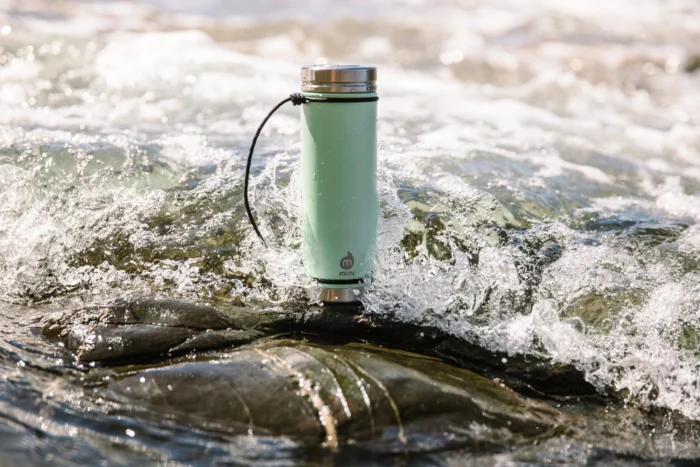
Source: campdebase.huttopia.com
Hydration and electrolytes are critical components of hiking health. Staying hydrated is one of the most important things you can do for your body, but it is especially important out on the trail.
Buy a quality water bottle and keep it with your pack. You may also want to invest in some water-purifying tablets or a water-purifying straw if you will be out in the backcountry for a long time without access to clean drinking water.
6. Shoes
Your hiking shoes should be durable and high-quality. No one wants to hike all day with blisters and sore feet. For short, easy hikes, sneakers or even flip flops can get you by, but for long, multi-day hikes, you need a sturdy shoe with good arch and ankle support.
Consider investing in a good quality pair of shoes and keeping them just for hiking. Don’t be tempted to use them for other sports or daily use, or they will wear out and won’t be able to provide the same level of support and comfort.
7. Emergency shelter
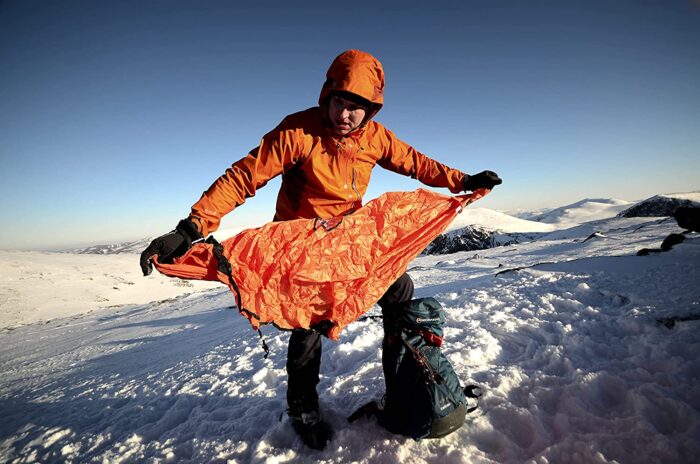
Source: amazon.ca
No one wants to be in a situation where they are stuck in the wilderness with no way home, but it happens. Ideally, if you are carrying your GPS, this shouldn’t happen, but being a safe hiker means always being prepared for the worst.
Carrying some sort of emergency shelter can mean the difference between a comfortable night and a cold, miserable (or bug-filled) one. So buy a lightweight tent, small tarp, bivvy, or even just an emergency blanket, and keep it in your pack at all times.
8. Sun protection
The sun is one of the main culprits of wear and tear on the human body, and the worst part is most people don’t even know when sun damage is happening. So even if you don’t get sunburned, and even if it is overcast, your skin still can get damaged outside.
Carrying sunscreen is a good idea, but covering up is the best way to protect yourself from the sun. Bring sunglasses, a wide-brimmed hat, long, breathable sleeves, and long pants. The good news is, covering up also protects you from bugs, airborne allergens, and plants like poison oak.
Carrying sunscreen is a good idea, but covering up is the best way to protect yourself from the sun. Bring sunglasses since your eyes will need protection. Did you know without the right eye gear you are likely to feel more tired or sleepy through your trail. So, without any further ado, Click here to find the best pair for your hiking backpack. Other than that, you should also carry a wide-brimmed hat, long, breathable sleeves, and long pants. The good news is, covering up also protects you from bugs, airborne allergens, and plants like poison oak.
9. Headlamp
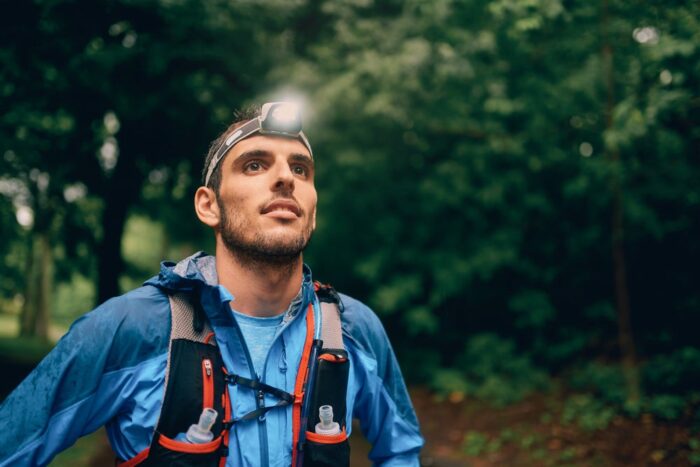
Source: bobvila.com
If you plan on spending the night outdoors, a good headlamp is non-negotiable. Stumbling around in the dark isn’t just embarrassing—it’s dangerous. The last thing you want is to trip and twist your ankle in the dark.
10. Fire starter
A fire starter is convenient when you plan on camping, but it could mean the difference between life and death if you get stuck somewhere and have to spend the night. Not only does a fire keep away the cold, but it also keeps away animals and bugs.
A good fire starter should operate wet or dry and be small enough to pack efficiently. Keep one in your pack at all times.
Wrapping up
Keeping your outdoor daypack well-stocked is vital for your safety and comfort. Make it a habit to return to this checklist at least once a year and examine all the equipment in your pack.
Throw away old, damaged, or expired items and invest in new, functional, high-quality gear. Then get out there and start exploring the world. Visit SmartBuyGlasses to explore their various sports sunglasses collection
